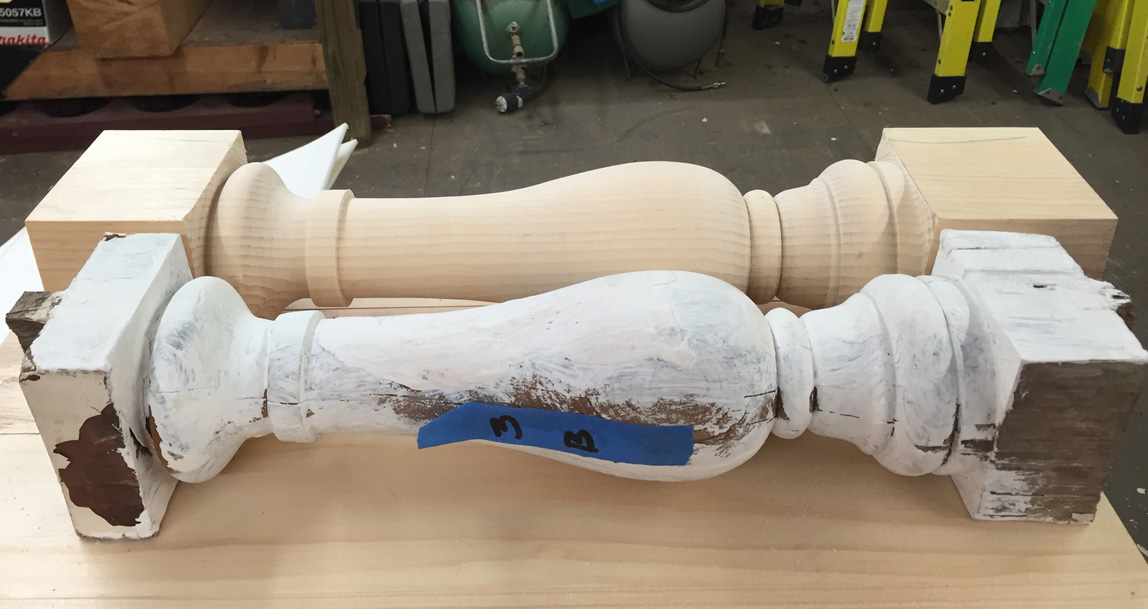Update Our ticketing, donations, and membership sales portal is down for
scheduled maintenance on the afternoon of 4/11.
Best practices from Historic New England experts
Historic New England strives to retain the historic fabric of the structures and landscape features in our collection through proactive maintenance and conservative repairs and treatments. Some elements, like roofing or siding shingles, are sacrificial layers that need to be replaced as part of a maintenance cycle. Other elements might be subject to decay through inadvertent exposure to weather or even through natural aging processes.
When we need to replace an element, the preferred practice is to replace the material using the same material type or species, dimension, texture, detailing, and compatibility, or shortened commonly to the phrase “replace in kind.” Historic New England recognizes that there may be situations where exact replacement in kind is impractical due to reasons of material durability or of repair location. Our in-kind replacement white papers attempt to identify these issues and the appropriateness of certain replacement materials.
Basic Guidelines for In-Kind Replacement
The following are the basic guidelines that we follow when thinking about our material replacements:
- Document the existing element, making sure to identify the material and any detailing or tooling that might be present.
- Replace the material “in kind,” matching extant or removed material in type or species, style, dimension, texture, and detailing.
- If conditions warrant a change in material, the approved approach is noted in the appropriate white paper. Changes in material not noted in the appropriate white paper or the white paper has not been created require team leader review before proceeding.
- Salvaged materials are generally not approved as material replacements because the age, weathering, and other details may confuse future researchers even if the “new” replacement element is labeled.
- Most new material installed should be labeled with the date of installation and documented through photographs and project completion reports.
We developed white papers on the following topics to help guide Historic New England staff with their in-kind replacements:
